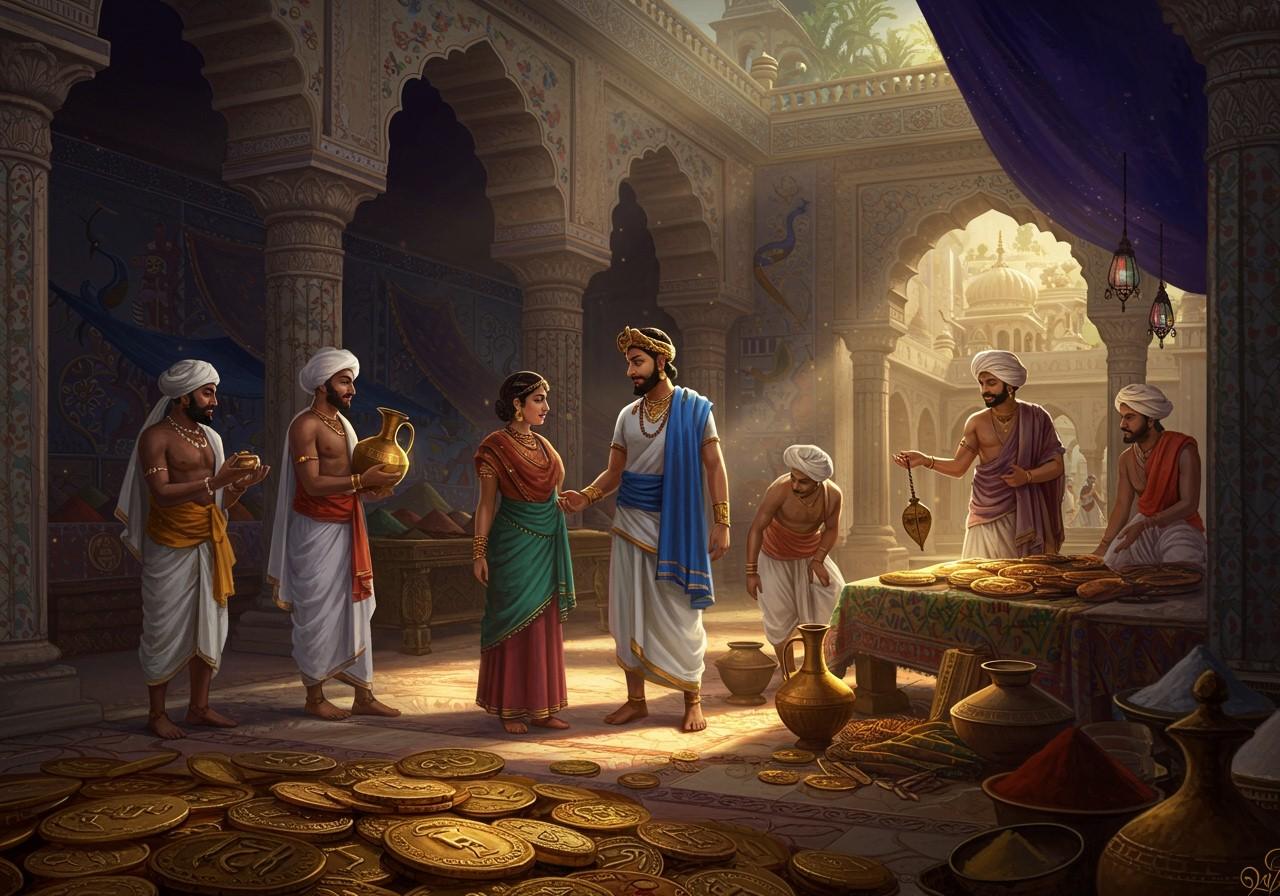
The Yavanas, a group shrouded in mystery and debate, hold a significant place in ancient Indian history. This article delves into their identity and historical importance. The term “Yavana” appears in various ancient Indian texts, its meaning evolving over time. Understanding the Yavanas, their roles, and interactions with ancient Indian civilizations offers valuable insights into India’s rich cultural and historical tapestry.
Who Were the Yavanas?
The term “Yavana,” frequently found in ancient Indian literature, described various foreign peoples. Derived from the Old Persian “Yauna,” referring to Ionian Greeks, “Yavana” broadened to encompass Greeks and other Western foreigners. Texts like the Mahabharata and the Puranas often portrayed Yavanas as outsiders, sometimes with negative connotations reflecting cultural and political tensions.
The Yavanas in Ancient India
Yavanas entered Indian texts during the Greek influence following Alexander the Great’s invasion of northwestern India around 326 BCE. This led to the Indo-Greek kingdoms in the post-Mauryan period (around 174 BCE). Indo-Greek kings like Menander I (Milinda), ruling from approximately 160-135 BCE, played crucial roles. The Yavanas contributed to art, architecture, and coinage, blending Hellenistic and Indian styles. They also participated in spreading Buddhism, with some rulers converting and supporting its propagation.
Who Were Called Yavanas in India?
“Yavana” wasn’t limited to a single ethnicity. Initially denoting Greeks, it later included those from the Hellenistic world and beyond. In Tamil Sangam literature, Yavanas were maritime traders from the Mediterranean. During the Gupta Empire, it referred to Western foreigners, possibly including Romans and other Europeans. Inscriptions and coins bearing “Yavana” showcase their presence and influence across regions, depicted in art and literature as both allies and foes, reflecting complex interactions.
Cultural and Historical Impact
The Yavanas left a lasting legacy. Their influence is visible in Gandhara art, where Greek and Indian traditions merged. They shaped Indian numismatics with new coin designs. Their presence introduced scientific and astronomical knowledge, influencing Indian scholarship. Religious exchanges were significant, with Greek Buddhist converts aiding the religion’s spread. The term “Yavana” continued to evolve, reflecting the dynamics of foreign influence.
Poojn.in: Connecting to India’s Heritage
Poojn.in offers authentic ritual items linking you to India’s rich past. While exploring the Yavanas, discover traditional items preserving sacred customs:
- Authentic Shankhas: We offer genuine Vamavarti Shankhs, sacred conch shells used in Hindu rituals since ancient times, connecting you to the era of Yavana interaction. These Shankhs are meticulously crafted and sourced, ensuring authenticity and spiritual significance.
- Traditional Puja Items: Our collection includes copper and brass items crafted to ancient specifications, enabling rituals as described in historical texts. These items are made by skilled artisans, preserving traditional craftsmanship.
Explore our collection at Poojn.in and enhance your connection to India’s spiritual heritage.
Conclusion
The Yavanas’ story in ancient India is a captivating chapter showcasing cultural interactions. Initially Greeks and later other Westerners, they brought artistic, architectural, and numismatic influences. They played a role in spreading Buddhism and enriching Indian scholarship. Their presence in texts and inscriptions highlights the dynamic nature of ancient Indian civilization. Understanding the Yavanas allows us to appreciate the multicultural heritage that has shaped India. They were not merely outsiders but integral players in the historical and cultural landscape.
FAQs
What is the origin of the term “Yavana”?
The term “Yavana” comes from the Old Persian word “Yauna,” used to refer to the Ionian Greeks. This term was later adopted into various Indian languages, including Sanskrit and Pali.
What was the extent of the Yavana kingdom in India?
The Indo-Greek Kingdom, established by the Yavanas, primarily ruled over northwestern India. It covered regions of present-day Afghanistan, Pakistan, and parts of northern India.
How did the Yavanas influence Indian art?
The Yavanas brought with them Hellenistic artistic traditions, which blended with existing Indian styles to create a unique fusion known as Greco-Buddhist art. This fusion is particularly evident in the Gandhara school of art.
Discover authentic puja items and connect with India’s spiritual heritage at Poojn.in.
Find high-quality Shankhas and other traditional items at Poojn.in.


